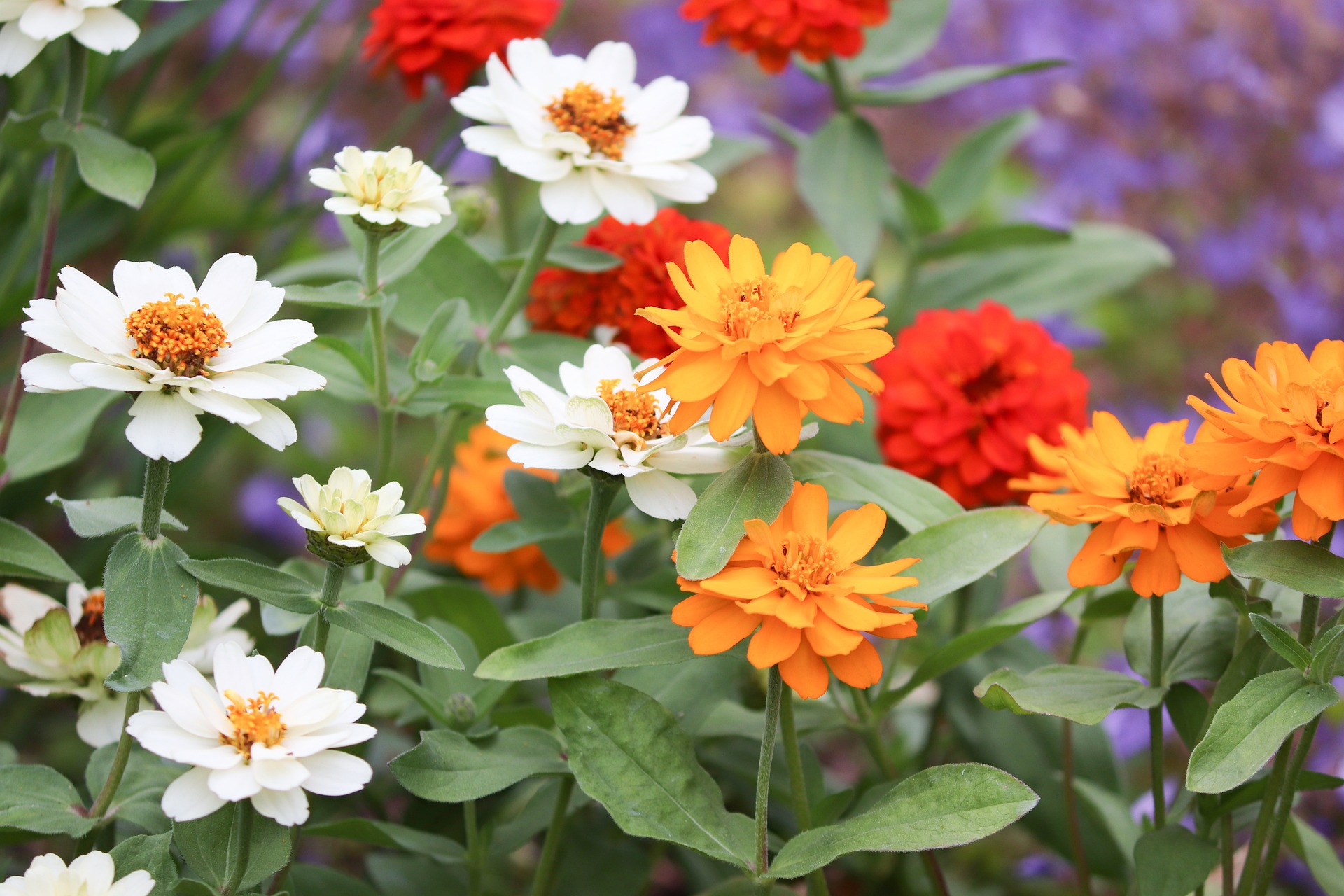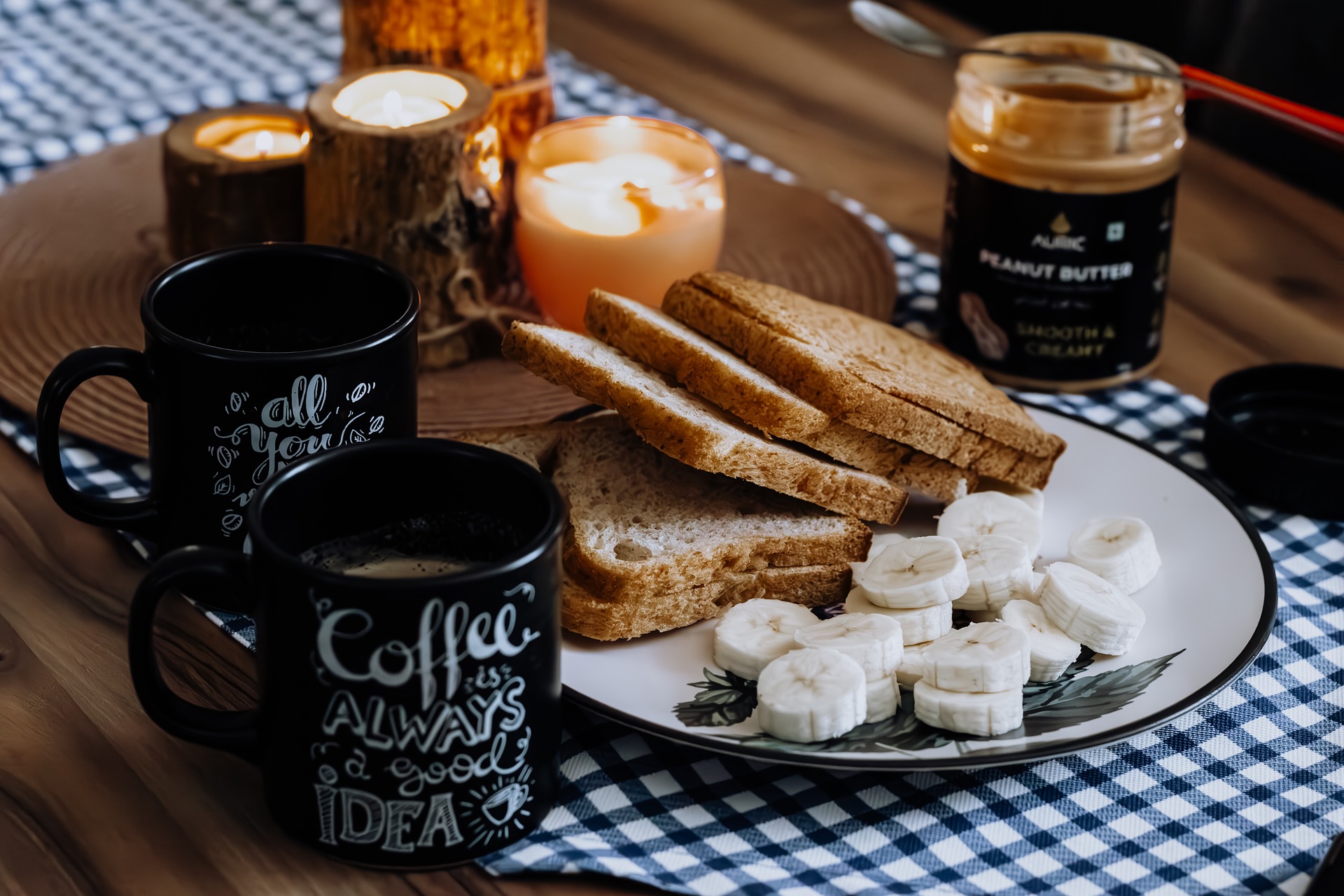Embracing Biophilic Design: Reinventing Your Living Space with Nature
The world of interior design and horticulture is ever-evolving, and with the increasing focus on sustainability and wellness, biophilic design has emerged as one of the hottest trends. Biophilic design is all about incorporating elements of nature into your living space, creating a harmonious balance between man-made and natural environments. Read below to learn more.

Bringing the Outdoors In
Biophilic design isn’t just about adding a few houseplants to your living room. It’s about making nature an integral part of your home. This can be achieved by maximizing natural light, using natural materials like wood and stone, and incorporating greenery at every opportunity.
Creating a Natural Flow
Biophilic design also emphasizes the importance of flow and continuity. This means ensuring that the transition from your indoor space to your outdoor space is seamless. For example, you might use large windows or glass doors to provide an uninterrupted view of your garden, or you might use similar colors and materials indoors and outdoors to create a sense of continuity.
The Power of Plants
The use of plants is one of the most effective ways to incorporate biophilic design principles into your home. Not only do plants improve air quality and boost mood, but they also offer countless design possibilities. Vertical gardens, hanging plants, and terrariums are all great options.
Water Features
Incorporating water features into your home can have a calming effect and create a closer connection to nature. This could be something as simple as a small indoor fountain or as elaborate as a built-in aquarium.
Natural Textures and Patterns
Biophilic design also involves using natural textures and patterns. This could mean choosing furniture with organic shapes, using textiles made from natural fibers, or incorporating patterns inspired by nature into your decor.
Useful Tips and Facts:
- Biophilic design not only improves aesthetics but also enhances wellbeing.
- Studies show that incorporating elements of nature into our living spaces can reduce stress, enhance creativity, and improve our overall health.
- Using plants in your design can also help to improve air quality in your home.
- Natural light is a key component of biophilic design. Maximize it wherever possible to create a more uplifting and healthier living environment.
In conclusion, biophilic design offers a way to create a home that is not only visually stunning but also promotes wellness. By bringing elements of nature into our living spaces, we can create environments that nourish our bodies and minds. So why not give it a try? Embrace biophilic design principles and transform your home into a serene sanctuary that you’ll love to spend time in.




